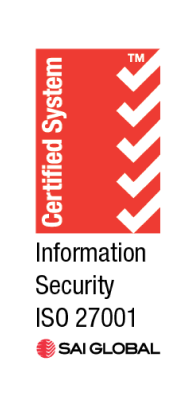1. Total Data vs. Data Egress Costs
Related: 5 Myths About Cloud Pricing
Egress fees, which cloud providers charge when data moves out of their clouds, are an easily overlooked cloud cost that, if not properly tracked, can lead to enormous amounts of wasted money.
To manage this risk, calculate your total data egress costs (which you can usually find on your cloud computing bill) relative to the total data you store in the cloud.
2. Total Unattached Cloud Disks
Unattached cloud disks are storage resources that are active but are not being used by a VM. In most cases, unattached disks are unnecessary and should be shut down in order to save money.
3. Idle VM Instances
Along similar lines, monitor how many idle VM instances you have running.
Although each cloud provider has a slightly different definition of what counts as an idle instance, they all let you track (usually through their management portals) how many VM instances have been running while using minimal CPU for an extended period. If you have many such VMs, you are probably wasting money on instances that aren’t serving any useful purpose.
4. Provisioned Resources vs. Consumed Resources
Another valuable metric for tracking the financial efficiency of your VMs in particular is to compare how many CPU and memory resources they are actually consuming, relative to those you’ve assigned to them.
In general, your consumed resources should reliably approach (but never equal) total provisioned resources. If you find that total consumed resources are much lower than total provisioned resources — if, for instance, the ratio is below 50% on a regular basis — your cloud VM instances are overprovisioned, and you should rightsize them and/or use autoscaling to achieve better cost performance.
5. Untagged Cloud Resources
Yet another simple but effective cloud finance metric is your total number of untagged cloud resources, meaning resources that have not been labeled with tags that help admins track their purpose.
Untagged resources don’t come with any extra fees, so having many untagged resources doesn’t necessarily mean you’re wasting money. However, because untagged resources are harder to track, this metric gives you a sense of how well-managed your cloud environment is and how efficiently you can find and address resources that are wasting money. In a well-managed, financially efficient cloud, you’ll have very few, if any, untagged resources.
6. Discounted VM Instances vs. Standard-Price Instances
Granted, many workloads can’t take advantage of discounted resources, so it’s not necessarily a bad thing if you’re not using them on a frequent basis. But you should at least track how the ratio of discounted to standard-price resources changes over time because if your use of discounted instances trends down, you may no longer be operating your cloud as cost-efficiently as you once were.
7. Total Cloud Spending per Day and/or Hour
Although most cloud providers generate bills on a monthly basis, it’s important to monitor your total spending per day to understand how your costs vary from one day to the next,or even hourly, if your workload requirements change very frequently.
Conclusion: A Metric-Based Approach to Cloud Cost Control
Cloud costs can quickly spiral out of control,but if you’re not tracking spending metrics carefully, you won’t know you’re wasting money, let alone be able to identify the source of your financial inefficiency. Help ensure a healthy cloud computing bill by tracking cloud cost metrics closely and continuously.





